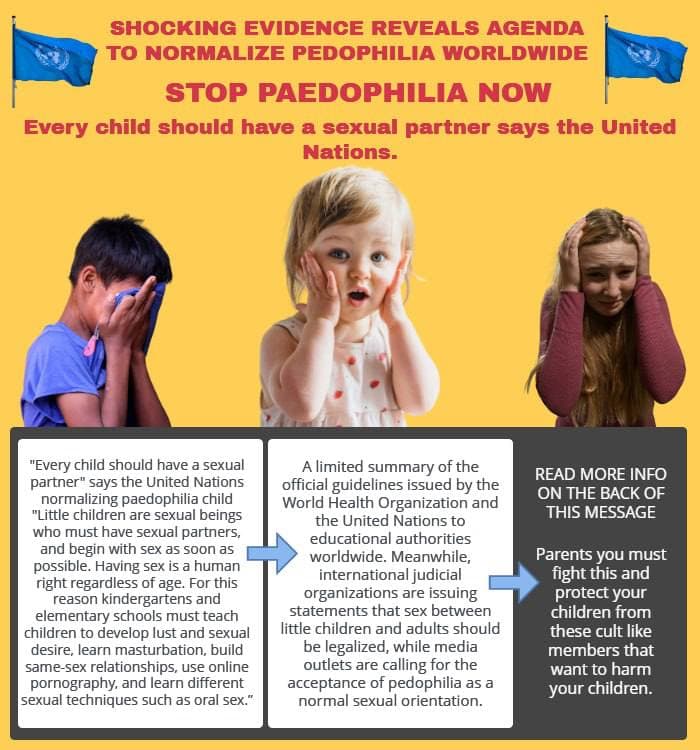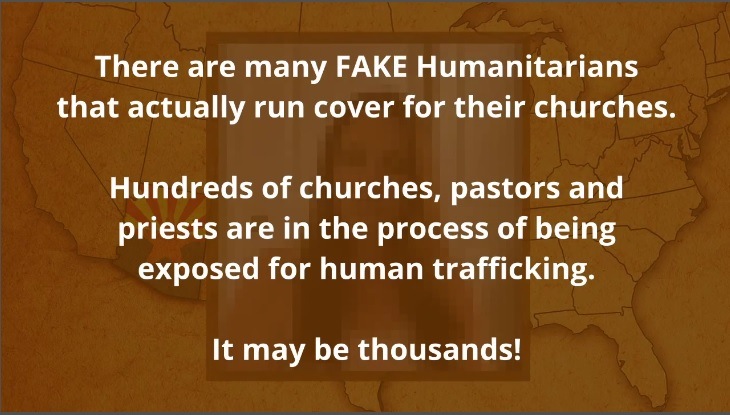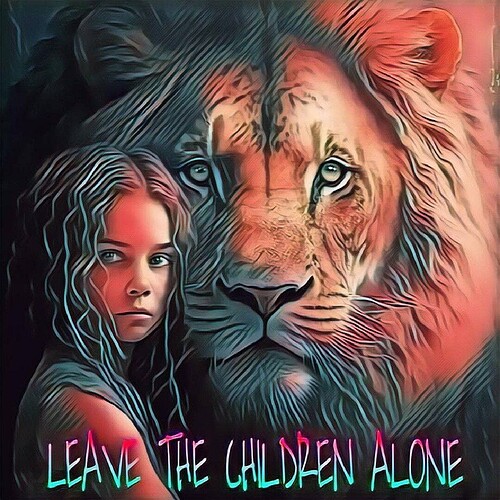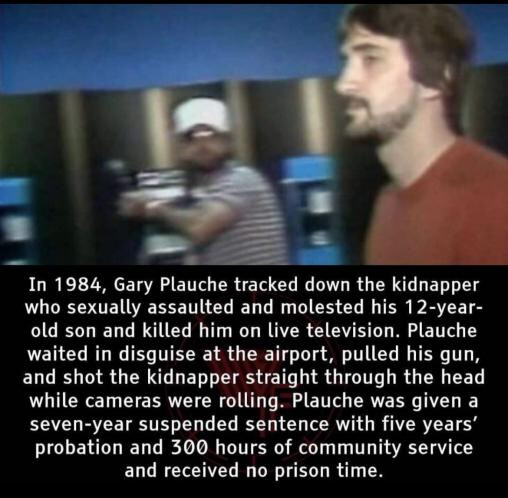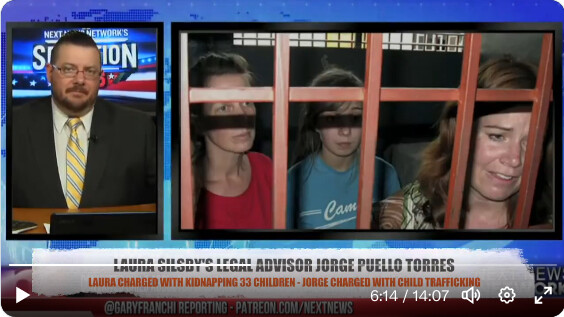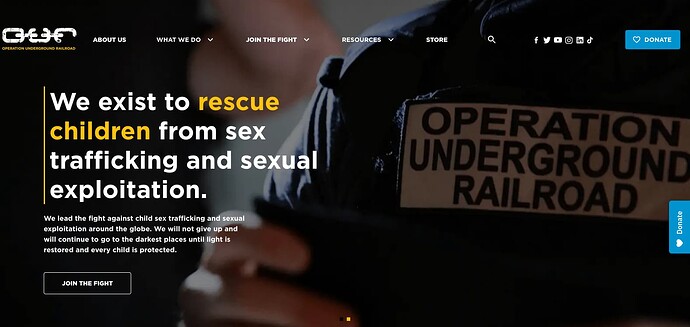Here is what Tim Ballard’s own website has published about this film that is being premiered this week.
June 27, 2023
Sound of Freedom: Based on A True Story (Except for the Parts That Aren't)
"Sound of Freedom" is a trailblazing film that narrates the real-life story of the founding of Operation Underground Railroad, portraying Tim Ballard's remarkable path of committing himself to the crucial cause of liberating children from the clutches of sex trafficking across the globe.
Of course, like any film based on a true story, there may be some exaggerated or fabricated elements included for dramatic purposes. So, which scenes in "Sound of Freedom" are actually factual and which ones aren't? Let's find out!
The rescue operation on the island in Colombia really happened. TRUE
In the movie, it shows a raid on an island to rescue children from a large trafficking ring. In real life, this was one of three coordinated takedowns that happened that day in Colombia, conducted by O.U.R. in conjunction with Homeland Security Investigations (HSI). In total, 123 survivors were rescued, 55 of which were minors. Known as “Operation Triple Take,” it remains O.U.R.’s largest undertaking to date. In “Sound of Freedom” it depicts the takedown that happened just outside of Cartagena, where roughly 50 victims were rescued. In the movie, all of the survivors are children, but in real life not all of them were minors.
The character “Fuego” in the film is a real person who was arrested during Operation Triple Take. As an undercover operator for O.U.R., Tim negotiated directly with him. Fuego wore a hat of Che Guevara, a Marxist revolutionary, and when Tim asked him about it, he boasted, “Because I’m the revolutionary in selling girls.”
During the final showdown with Fuego in Operation Triple Take, just before law enforcement came, Tim asked him if he could borrow his hat. Tim said, “It was symbolic to me as the end of his revolution.”
Earlier that year, O.U.R. had already conducted our first operations in Haiti, Cartagena, and the Dominican Republic, with Operation Triple Take coming in as our fourth.
Operation Triple Take ended up winning HSI’s case of the year in 2015, an operation they called “Clear Hope.”
“Giselle” is based on a real person. TRUE
In the start of the film, it shows a woman named “Giselle” recruiting a young girl and her brother for what the children’s father believes is a modeling opportunity. The character of Giselle is loosely based on a woman named Kelly Johana Suarez, a former beauty pageant queen and professional model in her early twenties, known as “Miss Cartagena,” who really did recruit and traffic children using her credentials in Colombia.
Suarez’s reputation in her home of Obrero, a poor neighborhood in the South of Cartagena, made her an effective recruiter of young girls and boys for sex trafficking. Her trusted role as a leader in her impoverished community was gained through her former beauty pageant experience and social work studies.
Beneath the surface, Suarez was nothing short of a monster. She used her good standing and credibility to lure children away from their families with promises of making them successful models, but instead she sold them into the booming sex trade.
The children portrayed in the movie were actual survivors of trafficking. TRUE
The film depicts many different children who are shown as victims of sex trafficking. All those characters represent real people O.U.R. has rescued at one point or another. The story of the little boy, known in the movie as “Teddy,” is particularly special.
In the film, after Tim rescues Teddy, the boy gifts him a dog-tag type necklace with “Timoteo” written on it. True to the real story, the little boy’s sister had given her brother this necklace in the movie before they were separated. To them it symbolized the hope of rescue.
In real life, this happened while Tim was still an HSI Special Agent, and the little boy really did gift that necklace to Tim. On it, it has a scripture reference from 1 Timothy 6:11 and the words “Man of God” inscribed on it. It wasn’t until Tim took it home to show to his family that his son pointed out his name was on it.
“To me, call it luck, chance, coincidence, God, whatever you want to call it, it was a message,” Tim said. “That necklace symbolized a calling now to me. It meant so much and I decided, then and there, that this is it, this is what I’m called to do, this is what I’ll do for the rest of my life.”
Additionally, although Teddy’s sister is a person in real life, the story of Tim refusing to give up the search to find “the one,” as depicted in the film, is based on the true story of O.U.R.’s continual search for Gardy.
Tim killed someone. FALSE
Towards the end of “Sound of Freedom” it shows Tim kill a man to rescue a child. This did not happen.
Operation Underground Railroad exists to rescue children from sex trafficking and sexual exploitation, and we go where no one else will to find even just one child. But we do not function as a vigilante group; we work with local authorities and governments and contribute equipment, funds and undercover operatives to the cause of freedom. Our undercover operatives do not use guns in any of our operations.
Tim Ballard has never killed anyone, contrary to what is depicted in the film.
Another important note: we are careful to not to create demand for child trafficking when our operatives are undercover.
The character “Vampiro” is based on a real person. TRUE
The character of “Vampiro,” also known as “Batman,” is based on a real person. Everything said about him when he is being introduced to Tim in the film is true, except when it says he spent time in jail. The real Batman has never been to prison.
In the film, Batman tells Tim he changed his life and started helping in the fight against sex trafficking because he slept with a prostitute and then realized it was a 14-year-old girl. The realization that he was adding to the darkness almost drove him to suicide until God intervened and he redirected his efforts. This is true, except for the part where he says he slept with a 14-year-old girl. In real life, the woman he slept with was an adult trafficking victim, and he realized that her young daughter was being exploited while she was away, which was what drove him to join the fight.
Batman was involved with Operation Triple Take, but he did not actually participate in the Cartagena Operation, as depicted in the movie. On that same day, he was actually leading one of the other Operation Triple Take undertakings in Medellín, Colombia.
Tim went into a Colombian jungle by himself to rescue a little girl. FALSE
In the film, Tim poses as a doctor and goes into a jungle somewhere in Colombia to find the little boy’s sister, shortly after Operation Triple Take. This did not happen. However, in real life, Tim did lead a group of O.U.R. operators, posing as doctors, into a jungle on the border of Haiti and the Dominican Republic a few years after Operation Triple Take in search for Gardy.
No one was rescued, but the operation did advance the search for Gardy, and operators were able to provide medical care to many children in need.
This story depicts what human trafficking typically looks like. FALSE
At the first of the film, it shows security camera footage of several different kidnappings. This is real footage, and while this type of human trafficking exists, it isn't the majority. When we hear the phrase “sex trafficking,” our minds often picture dusty, dark alleyways in foreign countries where orphaned children from the streets are kidnapped, exploited, and sold. And that is a horrific reality, but it is also important to understand that sex trafficking is not just a foreign issue, but an acute domestic concern within the United States that is ever increasing.
According to the National Center for Missing and Exploited Children, human trafficking has been reported in all 50 states (NCMEC, 2022). Predators are soccer coaches and trusted teachers, neighbors across the street, uncles and aunts.
The film also depicts children in shipping containers. It is important to note that Hollywood took creative license in portraying the different ways that children can be trafficked. While cases exist where children are transported in various vehicles, most trafficking happens through a manipulative grooming process. “Sound of Freedom” illustrates this well in the child modeling scenes where children (and sometimes their parents) are led to believe that they can make money by modeling, receive food if they come to their house, or receive love if they become the trafficker’s boyfriend/girlfriend – and it ends in sexual exploitation or trafficking. It is vital for parents, young adults, teens, and children to know the signs of grooming so they can recognize when someone may have ill intent.
When we committed to this fight in 2013, we never imagined the amount of support we would receive from those determined to make a difference alongside us- shining their own light on the issue of child sex trafficking and sexual exploitation. For that, we will never give up fighting and will continue to go to the darkest places until this crime no longer exists. Thank you for continuing to be the light that we take into the darkness.
https://ourrescue.org/blog/sound-of-freedom-based-on-true-story
